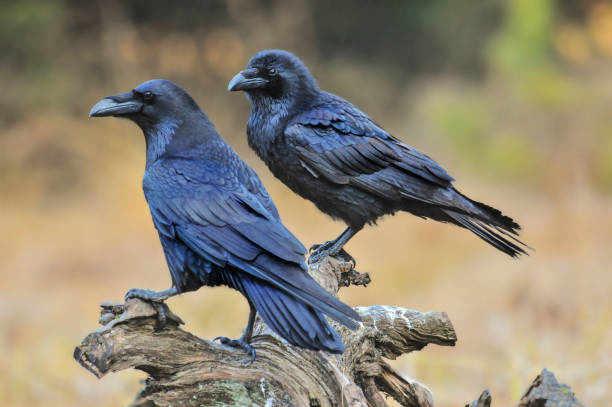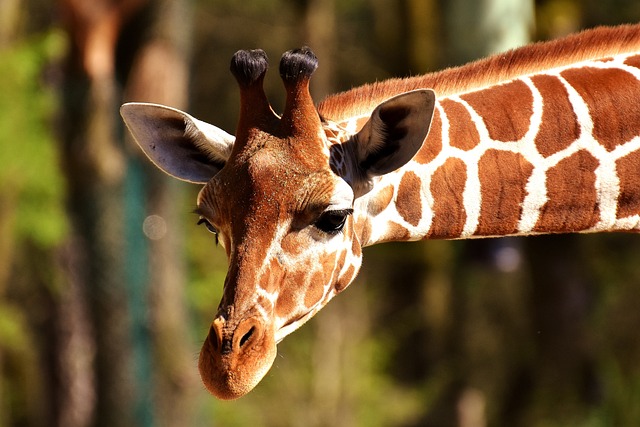Spiritual Difference Between Crow and Raven: An Exploration
Introduction
The spiritual difference between crow and raven has intrigued humans for centuries.
These intelligent birds hold a significant place in various cultures and mythologies, embodying a range of symbolic meanings and spiritual insights.
In this exploration, we will delve into the differences between these two corvid species and uncover their unique spiritual significance.
Physical and Taxonomical Differences
Understanding the spiritual difference between crow and raven begins with recognizing their physical and taxonomical distinctions.
Ravens are generally larger and have a more robust build compared to the sleeker crows.
In taxonomy, both belong to the genus Corvus, but they diverge into different species.
For instance, in Europe, common species include the carrion crow (Corvus corone) and the common raven (Corvus corax).
In North America, the American crow (Corvus brachyrhynchos) and the common raven coexist with other corvids like jays and magpies.
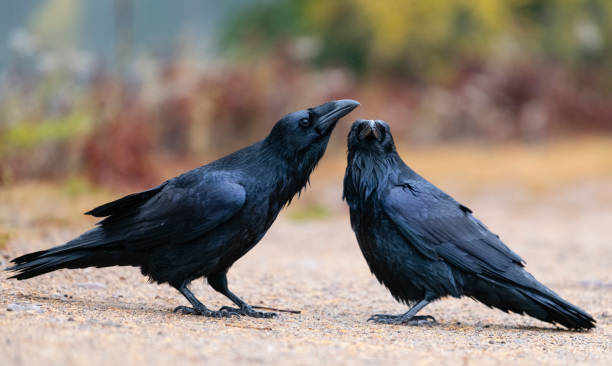
Mythological and Symbolic Meanings
The differences in physical appearance have led to contrasting mythological and symbolic meanings attributed to crows and ravens.
In Native American cultures, crows are often considered tricksters and associated with mischief, while ravens are seen as wise and powerful beings.
In Norse mythology, Odin, the god of war and wisdom, is accompanied by two ravens named Huginn (thought) and Muninn (memory).
Meanwhile, in Greek mythology, crows are linked to Apollo, the god of prophecy.
Symbolism in Mythologies
Norse Mythology
In Norse mythology, Odin, the God of thunder, had two ravens, Hugin and Munin, symbolizing thought and memory. They served as his eyes and ears, flying across the world and bringing back news.
Their names are often translated to “thought” and “mind,” representing the all-knowing nature of Odin.
Celtic Mythology
Celtic mythology associates ravens with Morrighan, the Goddess of war. Ravens in this context symbolize warfare and death, often seen as omens on battlefields.
They were also believed to possess the ability to shape-shift, allowing them to act as messengers between worlds.
Greek Mythology
Greek myths tell of crows once being white until Apollo, angered by a crow’s bad news, turned their feathers black.
This transformation highlights the spiritual difference between the crow and the raven in terms of divine intervention and symbolism.
Crows are often associated with Apollo, the God of prophecy, while ravens are linked to Athena, the Goddess of wisdom.
Native American Mythology
In Native American cultures, the raven is a figure of transformation and trickery.
It’s revered as a creator and a changer, embodying the spirit of metamorphosis.
Conversely, in some tribes, crows are considered a bad omen and associated with death. They also symbolize the balance between life and death.
Japanese Mythology
Yatagarasu, a three-legged crow in Japanese mythology, is seen as a divine guide, leading emperors and heroes on their journeys, symbolizing guidance and providence.
Crows are also associated with the sun goddess Amaterasu, who believed in giving them divine protection.
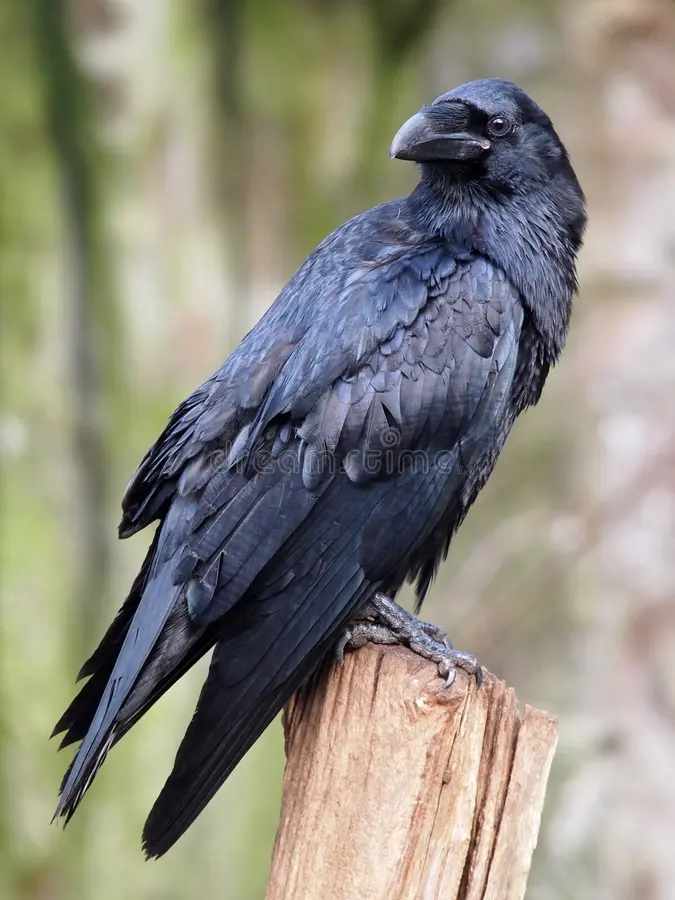
Spiritual and Shamanic Significance
Both ravens and crows are seen as spiritual animals in various shamanic traditions. They are often considered interchangeable in their roles as messengers and guides between different worlds.
The spiritual difference between crow and raven in these contexts is subtle, with each bird carrying unique but overlapping symbolic meanings.
While crows are associated with the ancient deity Apollo and his connection to prophecy, ravens are linked to Celtic goddesses Rhiannon and Morrigan, who are both known for their prophetic powers.
In shamanic traditions, both birds represent transformation, magic, and mystery. They are seen as wise guides that can help individuals navigate through difficult times and bring about positive change.
Symbolism in Religious Texts
In the Quran
In the Quran, there is a fascinating mention of a raven that plays a significant role in teaching Cain the act of burying his brother.
This intriguing symbol not only represents death but also serves as a powerful metaphor for the aftermath of fratricide, delving into the complexities of guilt, remorse, and the consequences of such a tragic act.
Hebrew Bible and Old Testament
In these ancient texts, ravens are often portrayed as mystical creatures, believed to be messengers of the divine.
For instance, in the biblical story of the prophet Elijah, ravens miraculously provide him with food, symbolizing the divine provision and care bestowed upon him.
This extraordinary interaction between man and bird highlights the sacred nature of the raven’s role.
Similarly, in the story of Noah’s Ark, after the great flood, Noah sends out a raven to search for dry land.
The raven, with its dark feathers contrasting against the vastness of the water, becomes a symbol of hope and survival amid destruction.
When the raven returns with an olive leaf in its beak, it signifies the possibility of life and the promise of a new beginning.
These captivating tales not only showcase the intelligence and resourcefulness of ravens but also the deeply ingrained significance they held in ancient cultures.
Through their presence in these narratives, ravens serve as powerful symbols of divine guidance, sustenance, and the resilience of the human spirit.
In Christianity
In Christian traditions, crows are often portrayed as symbols of sin and evil due to their association with death. However, they can also represent redemption through suffering and sacrifice.
Ravens, on the other hand, are seen as symbols of God’s providence and protection. In the story of Elijah, a raven brings him food while he is in hiding, demonstrating God’s care for his faithful followers.
New Testament
The New Testament uses ravens to illustrate God’s care for all creatures, emphasizing their value and the divine attention they receive.
In the book of Luke, Jesus mentions how God provides for the ravens and encourages his followers not to worry about material possessions but to trust in God’s providence.
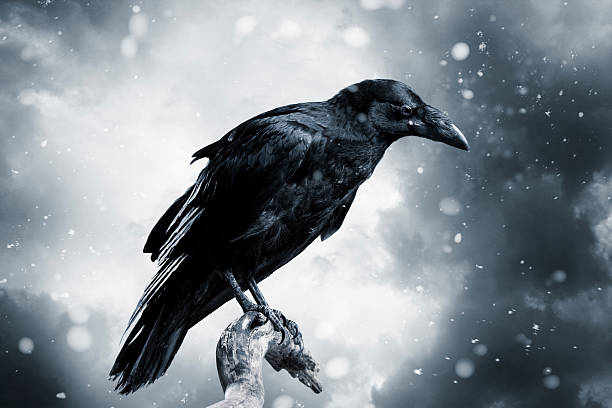
Representation in Literature and Popular Culture
Ravens and crows have been a staple in literature and popular culture, often symbolizing foresight, transformation, and sometimes, doom.
From Aesop’s fables to Edgar Allan Poe’s “The Raven,” these birds have been used to convey deep, often introspective themes.
In modern culture, ravens and crows are frequently depicted as intelligent, mysterious, and formidable creatures, often featured in fantasy and horror genres.
Their symbolism continues to evolve, representing everything from death and darkness to wisdom and magic.
Conclusion
The spiritual difference between crow and raven is not just a matter of folklore or mythology. It reflects our deep-seated fascination with these creatures as symbols of the mysterious and the unknown.
Their portrayal across different cultures and stories underscores their enduring appeal and symbolic power.

